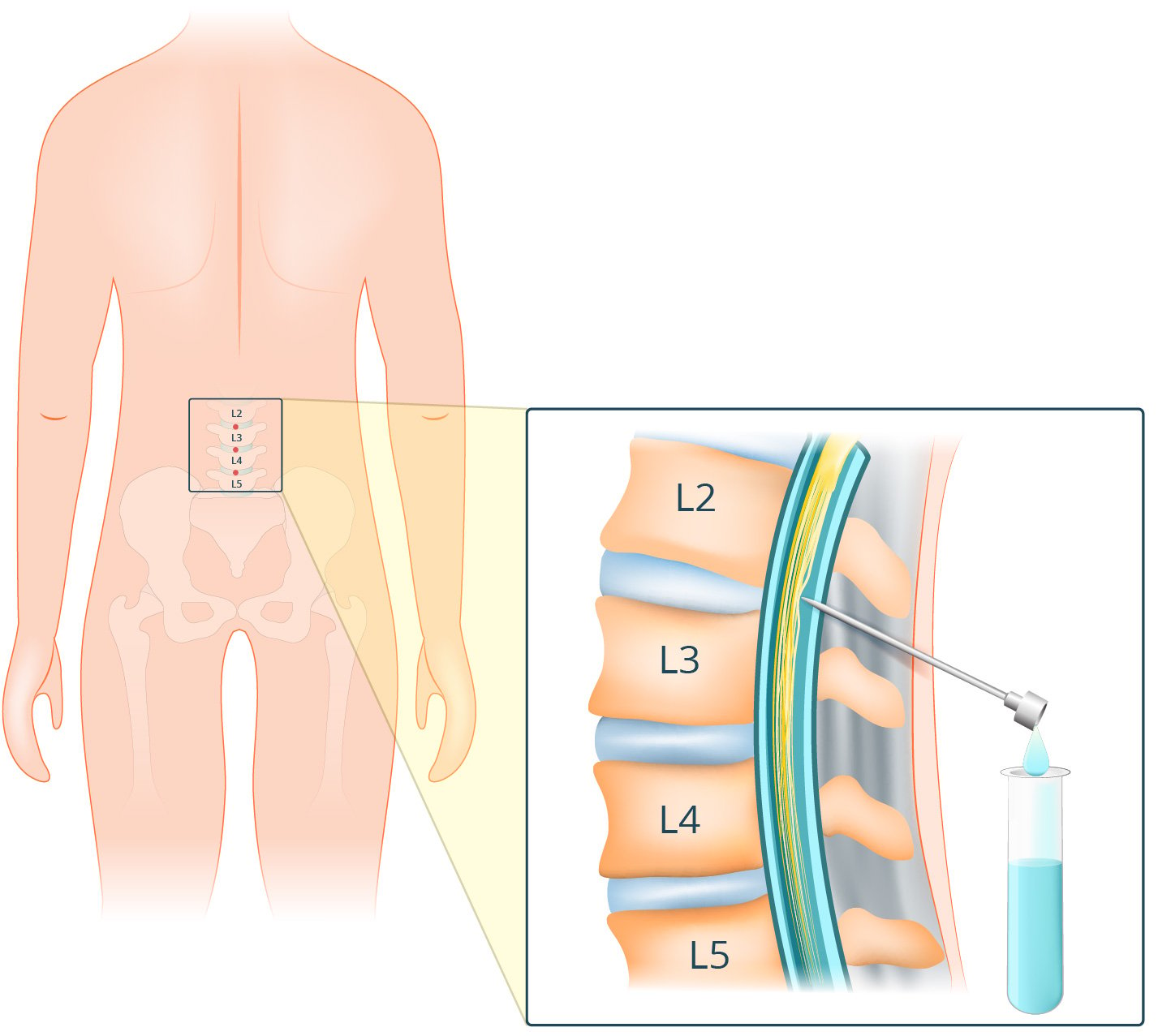#1 Missed in Pediatric Review - Idiopathic Intracranial Hypertension
This presentation is most consistent with idiopathic intracranial hypertension (IIH) — progressive headache with visual changes and papilledema. ED priorities: urgent neuro‑ophthalmology/neurology input, neuroimaging if atypical features, and ICP‑directed therapy (eg, acetazolamide) while arranging definitive care.
A 17-year-old girl presents complaining of headache. The headache is throbbing in quality, is all over her entire head, and she tells you that it has been unremitting for the past 3 days. When questioned, she also explains that the headache is worse at night and when she lies down or bends over. She has had nausea but no vomiting.
She is generally healthy, and she takes oral contraceptive pills to manage her polycystic ovary syndrome.
On physical examination, she is an afebrile, obese adolescent with no nuchal rigidity. She has blurring of the disc margins bilaterally on ophthalmoscopic examination, with no conjunctival injection and a normal corneal light reflex. The rest of her neurological and physical examination findings are normal.
The best next step in the evaluation and management of this patient's condition is which of the following?
Answer options:
A. imaging of the brain
B. measurement of intraocular pressure
C. lumbar puncture
D. sumatriptan
E. ophthalmology referral
This item tests a classic “next best step” in suspected IIH: the presence of papilledema requires urgent neuroimaging before any lumbar puncture. Current consensus guidance (Mollan et al., JNNP 2018) and ACR Appropriateness Criteria (2022–2023) recommend MRI of the brain with MR venography to exclude mass effect and cerebral venous sinus thrombosis; only after imaging excludes these conditions should LP be performed to measure opening pressure and analyze CSF.
Imaging of the brain is the correct answer. While ophthalmology evaluation is important, it is not the first step when papilledema is present. Measurement of intraocular pressure addresses glaucoma (not IIH), and migraine therapy (e.g., sumatriptan) is inappropriate in the setting of papilledema and signs of raised intracranial pressure. In pediatrics, the diagnostic opening pressure threshold is typically ≥280 mm CSF (≥250 mm CSF if non-obese and calm), obtained after imaging.
Why This Question Is Often Missed
-
Many learners jump directly to lumbar puncture without first excluding mass lesion or venous sinus thrombosis.
-
Confusion between glaucoma (elevated intraocular pressure) and papilledema from raised intracranial pressure.
-
Anchoring on “migraine” in adolescents with headache and nausea despite the red flag of papilledema and positional worsening.
What the Distractors Indicate
| Option | What It Tests / Implies | Why It’s Wrong Here |
|---|---|---|
| measurement of intraocular pressure | Glaucoma vs. papilledema differentiation | IIH does not raise intraocular pressure; glaucoma presents with red, painful eye and corneal blur—not this exam. |
| lumbar puncture | Procedure sequencing (LP vs. imaging) | LP before imaging risks herniation; imaging must first exclude mass/CVST. |
| sumatriptan | Migraine management reflex | Papilledema and positional worsening argue against uncomplicated migraine; triptan is not appropriate. |
| ophthalmology referral | Specialist referral reflex | Ophthalmology is important but not the first step when papilledema is present; imaging is more urgent to rule out dangerous causes. |
High-Yield Pearl
Papilledema = image first (MRI brain with MRV), then LP for opening pressure.
Core Learning Objectives
1. Identify papilledema and red-flag headache features that mandate urgent MRI/MRV before lumbar puncture.2. Outline first-line management of IIH in adolescents (weight loss, acetazolamide) and indications for surgical intervention to protect vision.
The “Test Trick” at Play
“Best next step” prioritizes safety and sequence: exclude mass effect and venous sinus thrombosis with MRI/MRV before performing LP, even when the clinical picture strongly suggests IIH.
Additional Pediatric Exam Practice Questions and Remediation
Practice Question 1 — Papilledema triage
A 16-year-old obese girl with 2 weeks of worsening morning headaches and transient visual obscurations has bilateral papilledema. Next best step?
A. Start acetazolamide and schedule routine neurology follow-up
B. Order MRI brain with MR venography
C. Perform urgent lumbar puncture in clinic
D. Measure intraocular pressure
E. Begin sumatriptan
Answer and Remediation
- B — Correct response!: MRI/MRV rules out mass and venous sinus thrombosis before LP (Mollan et al., 2018; ACR 2022–2023).
- C — Review: LP before imaging risks herniation if mass effect exists.
- D — Review: IIH is not due to elevated intraocular pressure; this addresses glaucoma.
- E — Review: Migraine therapy is inappropriate with papilledema.
Practice Question 2 — Opening pressure
After negative MRI/MRV, LP is performed. Which opening pressure supports IIH in an obese, calm 15-year-old?
A. 180 mm CSF
B. 220 mm CSF
C. 240 mm CSF
D. 300 mm CSF
E. 150 mm CSF
Answer and Remediation
-
A — Review: Normal range; does not support IIH.
-
B — Review: Near upper normal; not diagnostic for pediatric IIH.
-
C — Review: Borderline; pediatric threshold typically ≥280 mm CSF if obese/calm.
-
D — Correct response!: ≥280 mm CSF is supportive in children (2018 consensus).
-
E — Review: Clearly normal.
Practice Question 3 — Medication associations
Which medication class has the strongest association with IIH and should be stopped if possible?
A. Oral contraceptive pills
B. Tetracyclines
C. SSRIs
D. Beta-blockers
E. Metformin
Answer and Remediation
- A — Review: Evidence linking OCPs to IIH is weak; not a primary culprit.
- B — Correct response!: Tetracyclines and vitamin A derivatives are strongly implicated.
- C — Review: Not associated with IIH.
- D — Review: Not implicated in IIH.
- E — Review: Not implicated; used for PCOS/insulin resistance.
Practice Question 4 — Visual threat management
A 17-year-old with confirmed IIH has rapidly progressive visual field loss despite maximal acetazolamide. Next best step?
A. Increase NSAIDs
B. Urgent optic nerve sheath fenestratio
C. Begin chronic opioids
D. Switch to triptan therapy
E. Observe and recheck in 4 weeks
Answer and Remediation
- A — Review: Analgesics do not prevent vision loss.
- B — Correct response!: Surgical decompression protects vision when medical therapy fails or vision acutely declines.
- C — Review: Not indicated; risks outweigh benefits.
- D — Review: Triptans are for migraine, not IIH-related papilledema.
- E — Review: Delays jeopardize vision.
Practice Question 5 — Therapeutic choice
First-line pharmacologic therapy for IIH after imaging and diagnostic LP?
A. Topiramate
B. Furosemide
C. Acetazolamide
D. Prednisone
E. Verapamil
Answer and Remediation
-
A — Review: Can help headaches/weight; secondary option if acetazolamide not tolerated.
-
B — Review: Adjunctive at times; not first-line.
-
C — Correct response!: Carbonic anhydrase inhibitor reduces CSF production; first-line with weight loss.
-
D — Review: Steroids not first-line; may worsen weight/metabolic profile.
-
E — Review: Not indicated for IIH.
Mini Case Discussion Prompt
Compare management pathways for an adolescent with papilledema on OCPs versus one on minocycline for acne. How do medication associations (thrombosis risk vs direct IIH association) influence imaging selection (need for MRV) and counseling on medication discontinuation?
Mini-FAQ
- Do boards expect MRI or CT first in papilledema? MRI with MRV is preferred; CT may be acceptable if MRI is unavailable or urgent, but MRV to assess venous sinuses is key (ACR 2022–2023).
- What opening pressure confirms IIH in adolescents? Typically ≥280 mm CSF in calm/obese children; ≥250 mm CSF if non-obese and non-sedated (per 2018 consensus).
- Are OCPs a proven cause of IIH? Evidence is weak; tetracyclines and vitamin A derivatives are the principal culprits. OCPs do increase risk of venous sinus thrombosis, reinforcing the need for MRV.
- When is surgery indicated? Progressive or severe visual loss despite optimal medical therapy warrants optic nerve sheath fenestration or CSF diversion to preserve vision.
This question appears in Med-Challenger Pediatric Medicine Exam Review with CME
Try for free and save. Ace your exams and meet your CME/MOC requirements for just $35 a month!
No matter your program, no matter the size, Med-Challenger for Groups and Institutions can better prepare your program or group, fulfill industry requirements, and increase test scores.


/PEDS%20CHALLENGER.png?width=250&height=218&name=PEDS%20CHALLENGER.png)






